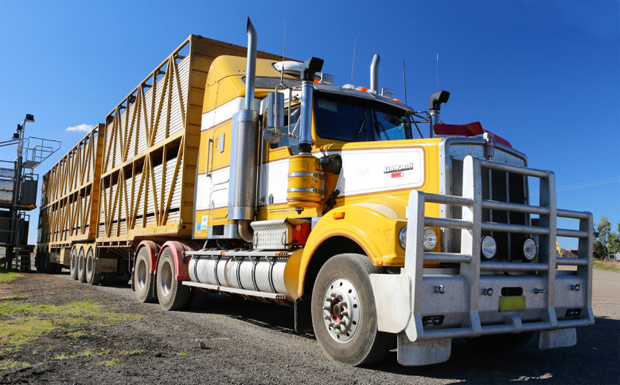
March 10, 2020
The National Heavy Vehicle Regulator (NHVR) is calling for public feedback on safety reforms for livestock transport.
CEO Sal Petroccitto told last week’s Livestock, Bulk and Rural Carriers Association’s annual conference in Tamworth the review would target several key areas where Chain of Responsibility laws applied to the movement of cattle and sheep.
“We’ve identified a range of issues including loading practices,” he said.
“There are a number of questions raised about why overloading occurs, the pressures on drivers and how the livestock supply chain are meeting their safety responsibilities.”
According to NHVR’s Livestock Supply Chain Issues Paper, movement of cattle and sheep makes up about 4 per cent of the national freight task.
However, livestock transports account for more than 10 per cent of road accidents, including a significant number of rollovers.
The average livestock journey from the farmgate to the processor is estimated to be more than 500km, involving stops and transfers between feedlots, saleyards, vehicles and spelling.
Mr Petroccitto said the need for further guidance around livestock loading practices followed a review by the NHVR last year into Improvement Notices issued to Forbes and Dubbo saleyards.
“It’s important we look at what we can do to make these journeys as safe as possible for drivers, livestock and other road users,” he said.
“We are seeking responses to a series of questions about opportunities to improve mass management awareness and practices, and identify tools that will help members of the livestock supply chain to meet their safety and regulatory responsibilities.”
Submissions to the Livestock Supply Chain Review close on April 24.
To respond to the issues raised, visit NHVR’s website
























I believe we need to rethink the way we investigate all accidents and not just the fatalities. We as an industry need to think outside the box once we understand how and why. Then change the way we do the task.